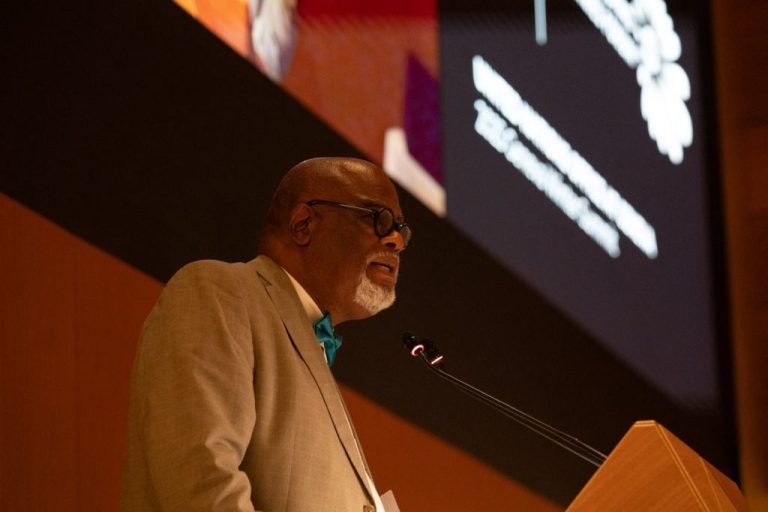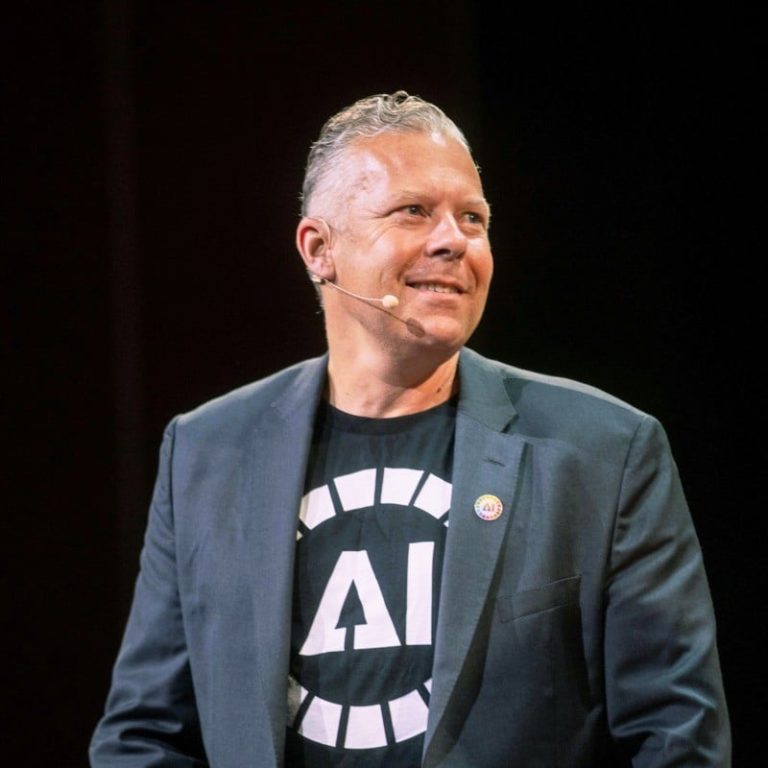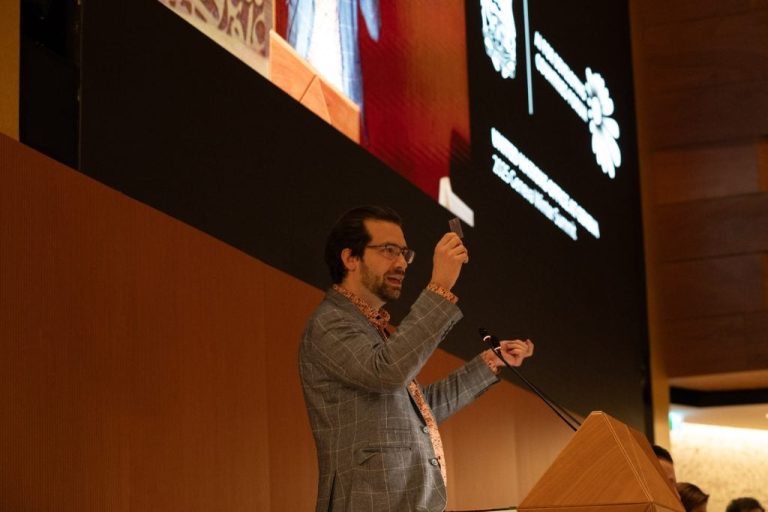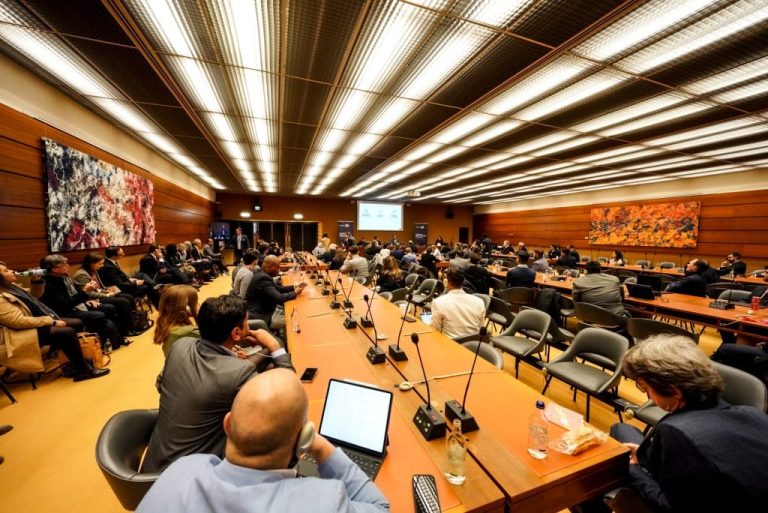Navigating the Future: The Intersection of Algorithms, Agents, and Autonomous AI
I hope everyone enjoyed a delightful evening yesterday following our engaging session and the lovely reception. Today, I will introduce the themes of algorithms, agents, and autonomy, and help set the stage for our upcoming panel discussion.
In my childhood, education involved learning simple concepts like A for Apple, B for Ball, C for Cat. Nowadays, the narrative has evolved—A now stands for AI, B for Bias, and C for ChatGPT. This shift signifies a profound change in our societal perspective, influencing the way individuals and organizations view technology.
Within this new landscape, we face a myriad of opportunities, concerns, challenges, and constraints. We find ourselves at a pivotal crossroads, prompting important questions about our direction. Are we making the right choices? The rapid pace of technological advancement often contrasts sharply with the slower development of legislation and regulations, a topic we will delve into during our panel discussion.
Traditionally, in the realm of finance, a triple A rating signifies the highest level of security. However, when we explore the triple A in the AI domain—agents, autonomy, and algorithms—it emerges as a daunting concept. The intertwining of these elements presents formidable challenges.
Let’s break this down. Algorithms have been around for decades, even predating the invention of microprocessors. They have never posed a significant concern. Similarly, we’ve always relied on agents for tasks like booking tickets, and this methodology has typically functioned well. Autonomy has also been accepted without much issue; we’ve been comfortable delegating tasks to systems that follow our directives.
However, in the last ten years, the combination of algorithms, agents, and autonomy has raised substantial challenges. What’s changing? Historically, humans were always part of the equation—when a command was issued, we remained in control to evaluate the outcome. Now, the shift is that software independently decides how to respond, which raises concerns.
This situation is problematic as we strive to create an ideal world using inherently flawed human characteristics. Our pursuit of perfection leads to ignoring human imperfections, creating unrealistic models. Simultaneously, legislation and regulations aim for similar perfection, yet they often clash with the imperfect nature of human behavior. This confrontation keeps us at a pivotal crossroads.
As we prepare for the panel discussion, we will explore how algorithms, agents, and autonomy interact to either enhance technological delivery or serve as barriers to progress. With that, I conclude my remarks and eagerly anticipate the insights from Claudia and the esteemed panel. Thank you very much.






